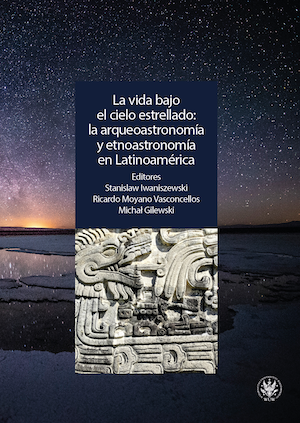EL BASAMENTO PIRAMIDAL DE CAÑADA DE LA VIRGEN COMO CALENDARIO DE HORIZONTE ARTIFICIAL
CAÑADA DE LA VIRGEN’S PYRAMID AS AN ARTIFICIAL HORIZON CALENDAR
Author(s): Rossana Quiroz Ennis
Subject(s): Anthropology, Archaeology, Cultural Anthropology / Ethnology
Published by: Wydawnictwa Uniwersytetu Warszawskiego
Keywords: Cañada de la Virgen; artificial horizon calendar; Mesoamerican calendar families; Sun; Venus
Summary/Abstract: Cañada de la Virgen is a ceremonial prehispanic center located at the central part of the Rio Laja, in a region considered the limit of the Mesoamerican frontier for the 9th century CE. This article emphasizes the design of Complex A pyramid as an artificial horizon calendar and as an astronomical calendric instrument that captures the positions of the sun, moon, and Venus, through each vertex conformed by the staggering bodies of the pyramid. Direct observation and its systematic documentation, photographic records, and the complementary measurements made by theodolite have allowed recreating a model that reveals the count of day counts in coherent groups for the so-called “Mesoamerican families.” These sequences include 73, 63 y 65, 52, 40, 20, 13, 10, and 5 days.
Book: La vida bajo el cielo estrellado: la arqueoastronomía y etnoastronomía en Latinoamérica
- Page Range: 89-102
- Page Count: 14
- Publication Year: 2021
- Language: Spanish, Portuguese
- Content File-PDF

